Traditional Media has been playing a consequential role in society for a long time now thereby often called the ‘fourth pillar of democracy’. In addition to reporting daily happenings, it also plays a crucial role in building public opinion. But what has changed recently is the increased significance of social media in the same. People substantially rely on the internet and social media for information, entertainment and also, for framing and disseminating propaganda by individuals, political parties, and even by many countries now. The mass communication media was limited to some particular sources, but the emergence of the internet and social media has led to a scenario wherein every individual now has the capacity to influence the public at the very root level.
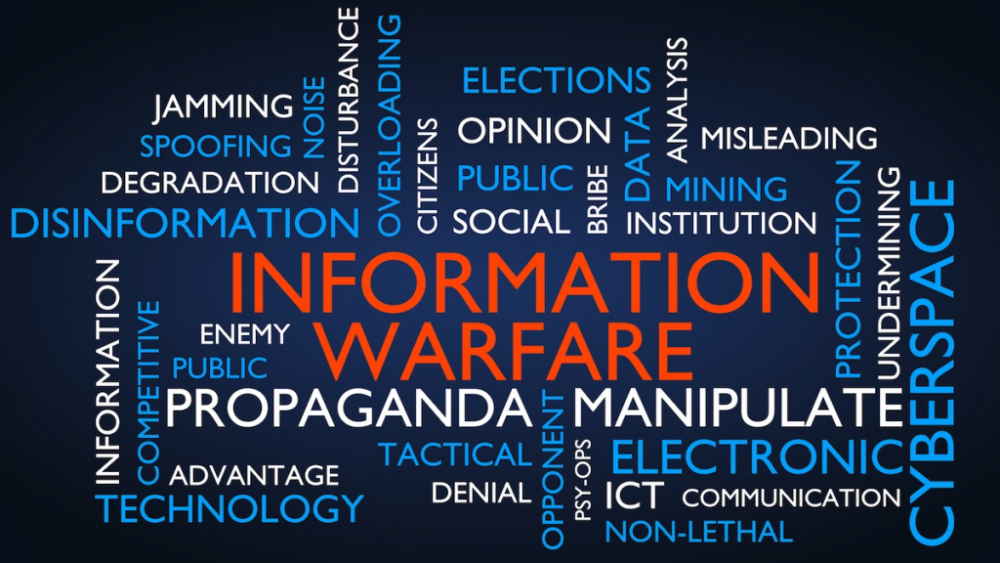
The massive reliance of people on social media has led to its use as a ‘weapon’ in various forms. It has emerged to be surprisingly effective and powerful as a weapon, having the largest reach being the handiest source. And they are being used as a means of both mass destruction and mass distraction widely.
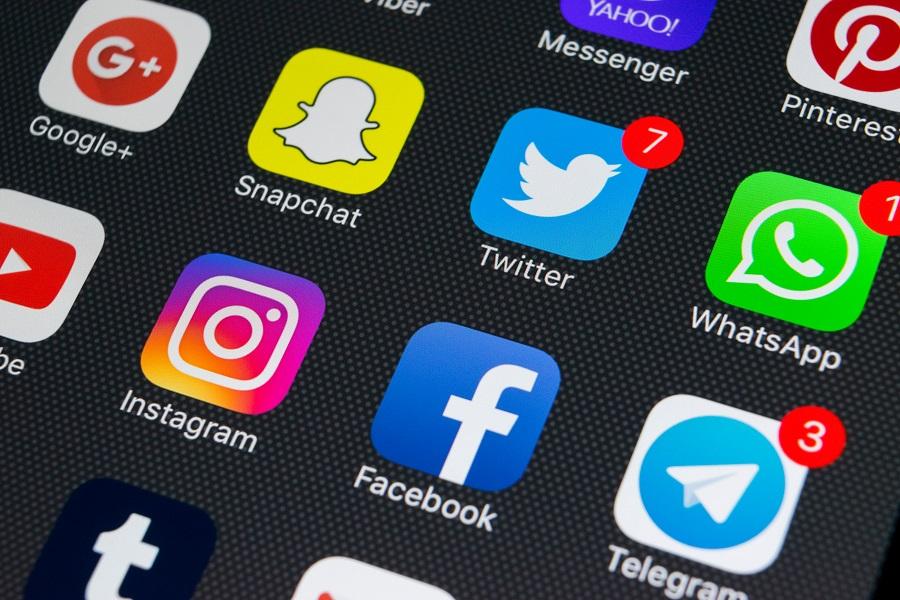
The first wars were fought supposedly with sticks and stones. With the modernization of technology, even warfare has been advanced, earlier to guns, missiles, tanks, bombs, and now, to high–tech battlefields. Here, wars are fought by banning apps, data hacking, breach of privacy and security, the emergence of ‘dislike mobs’ etc.
What are Dislike Mobs?
Dislike Mobs is a term basically used to refer to the YouTube equivalent to review bombings on Steam — a group of people who are upset with a certain creator/game/actor, etc. decide to execute an organized attack and down-vote, or negatively review a game or video into oblivion.YouTube is no stranger to users weaponizing the dislike button, as seen recently by Bollywood movies like Sadak–2 and even Gunjan Saxena: The Kargil Girl.
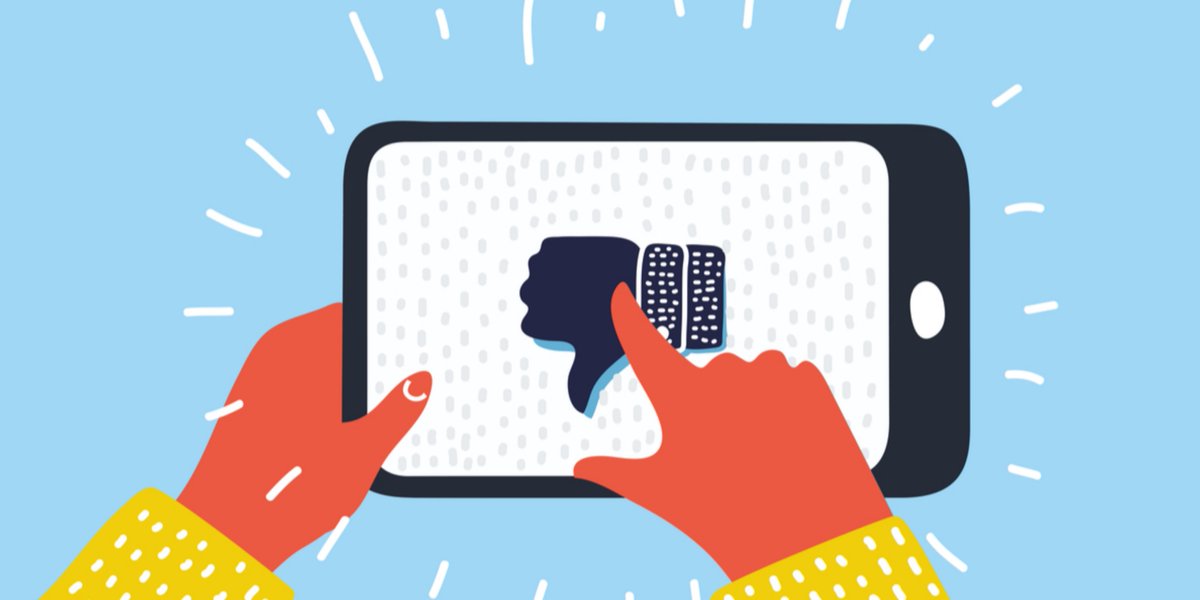
They received severe outrage, the reason being the star kids present in them, and the opposition of people to ‘nepotism’ in the industry which has basically become a hot issue after the mysterious ‘suicide’ of actor Sushant Singh Rajput. The trailer of Sadak-2 became the most disliked video on YouTube India and 3rd most disliked video in the world. Such use of social media is one typical example of its use as a means to fight for a cause, however unreasonable it might be.
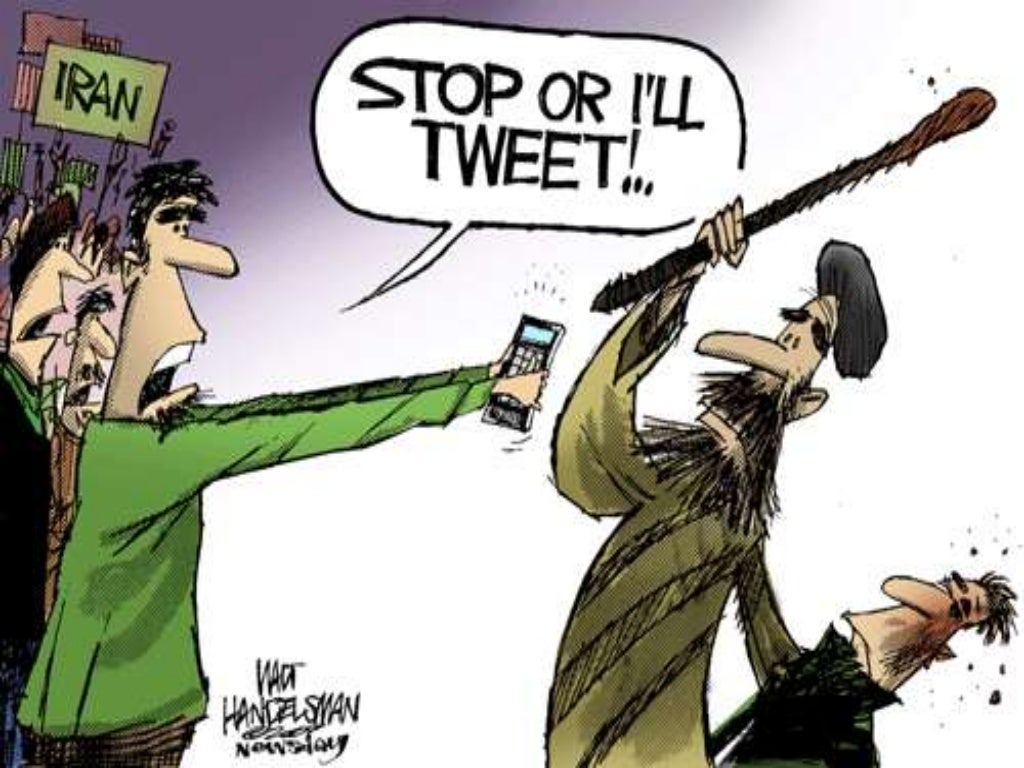
Social Media is being widely used as a means to spread fake news, for military operations, marketing wars, political campaigns, even for online recruitment by terrorist organizations. Bogus social media accounts are used to instigate fear, hate, and violence among individuals and/or society at large. Recently there were great debates on the banning of 59 Chinese apps by India in a move to retaliate against their occupation of some parts of the Indian territory.
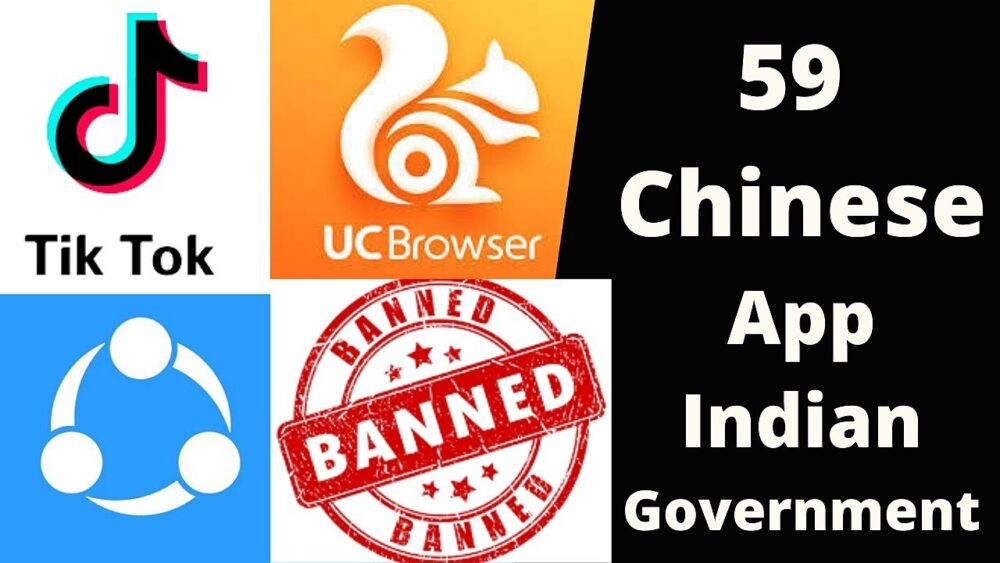
The US too has recently planned to take similar actions against China. This social media warfare results in great losses for the enemy country, thus tremendously harming its economic structure. As China receives a huge sum of money from these social sites, it even amplifies the whole situation. But the question that arises here is that if the mere banning of apps etc. is a sufficient means of action or not? The answer remains uncertain.
“We’re all the targets of these wars. We’re the ones whose clicks decide whose side wins out.”–Peter Singer
There are innumerable ways wherein social media is being used to cause harm to others, be it individuals or the public as a whole, companies, or even enemy countries. People use social media handles to harass people and even celebrities, ‘tweet wars’ on twitter, online trolling-bullying/abusing, and targeting individuals are all common scenarios now.
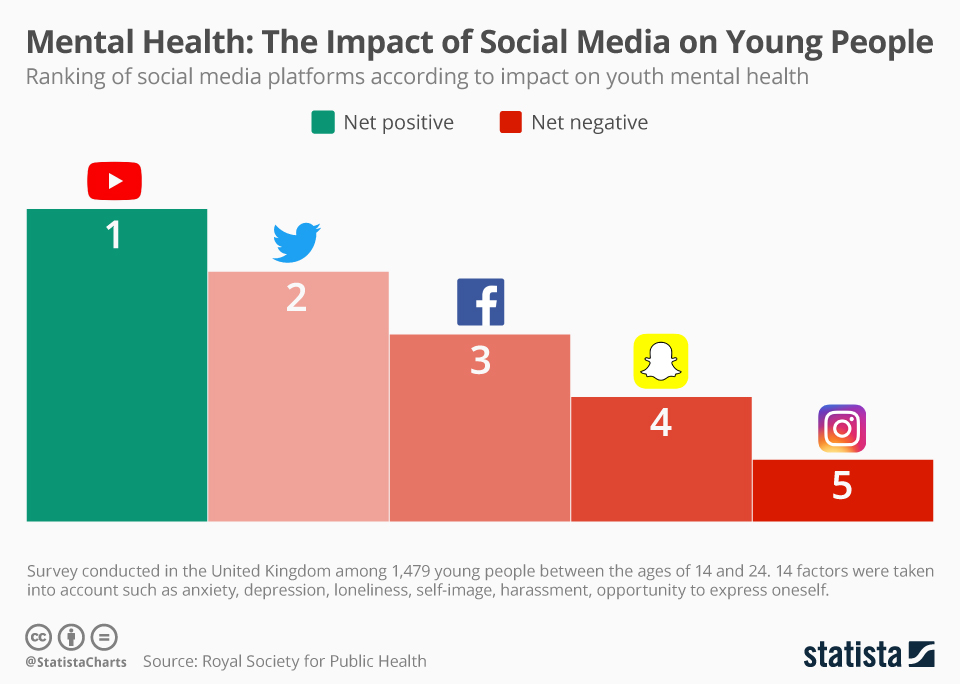
American author Peter W. Singer and Emerson T. Brooking describe this as ‘like war’, a term that plays on the Facebook ‘like’ feature and has discussed this issue in-depth in their new book, ‘Like War: The Weaponization of Social Media’.
Recent studies and researches have shown that there is a strong and direct link between social media and the increased risk of depression, anxiety, loneliness, self-harm, and even suicidal thoughts. The race of people for likes and comments is followed by various harmful consequences. It promotes negative experiences such as inadequacy regarding one’s life/appearances. Hereby, the use of social media as a weapon not only impacts the economy and security of a country, but also the mental health of the people in multifarious ways.
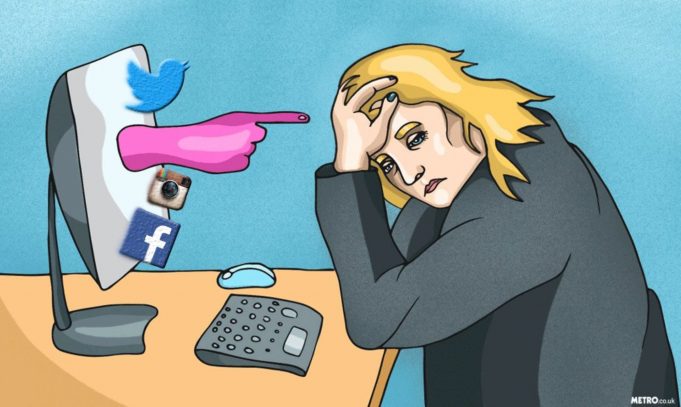
As social media has now emerged as a weapon just like guns and bombs, it too needs to be regulated. The Australian Senate has appointed a select committee to inquire into the risks posed to their democracy by foreign interference via social media platforms such as Facebook and Twitter.
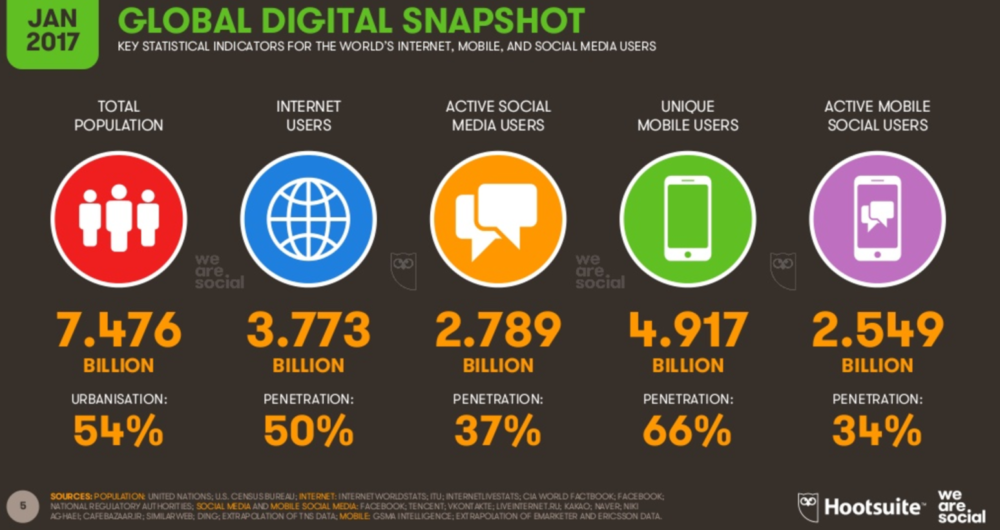
Social media can be easily used as a ‘weapon’ for change and to spread awareness against various issues, movements, and positive causes. But, rather than using them for the common good, people choose to use it to spread hatred and distaste and that too to extremes. These cases can easily be prevented if people turn more reasonable. We need to recognize that we’re a part of the battle. In fact, we’re the target of most of them. Thus, the internet and social media is a boon or a bane for society, is for the people to decide through their course of action.
[zombify_post]









